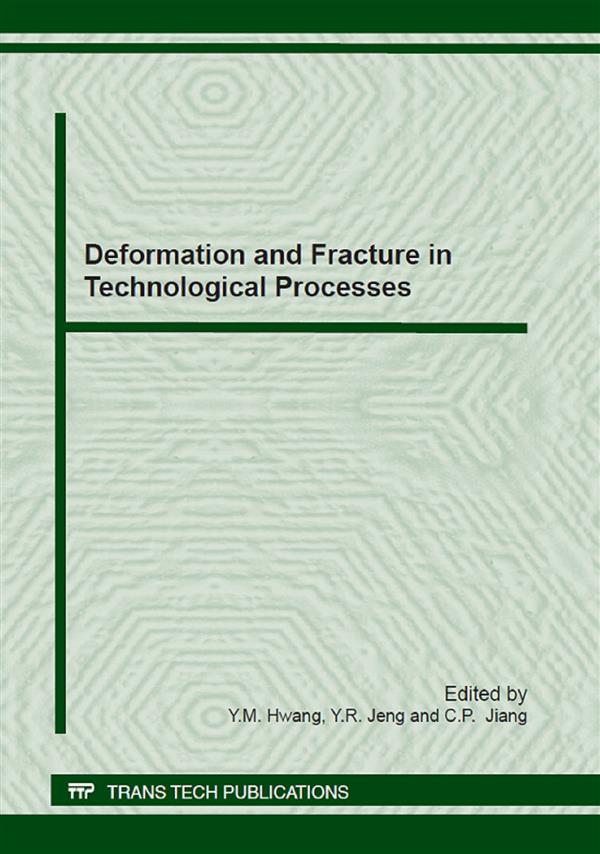Engineering Research
Materials Science
Engineering Series
Deformation and Fracture in Technological Processes
Description:
Volume is indexed by Thomson Reuters CPCI-S (WoS).
A series of papers was devoted to the processes of metal-forming. Special attention was paid to the question of micro- and nano-structure adjustment during processes such as extrusion and microtube press-bending. Other papers covered models for damage accumulation and healing, as well as fracture prediction during metal forming.
Purchase this book:
Info:
Review from Ringgold Inc., ProtoView:
The 17 papers focus on mechanical approaches to the experimental study and modeling of deformation processes and defect formation accompanying different technologies. One goal of the symposium was to find complementary views among the different approaches. The topics include the finite element analysis of extrusion with a two-stage die and manufacturing of gradient microstructures, some mechanical models of chemical-mechanical polishing processes, a correlation between the magnetic behavior and damage of metal materials under plastic deformations, identifying defects in an elastic body by means of the boundary measurements, a three-dimensional model of the periodic structure punch sliding upon the viscoelastic base with incompressible fluid in the contact gap, and developing an innovative algorithm for nanomechanics and using it to characterize materials.

